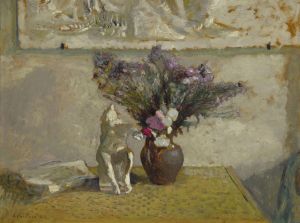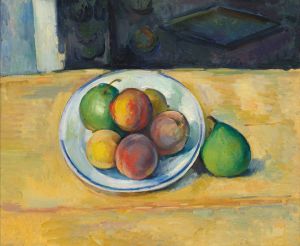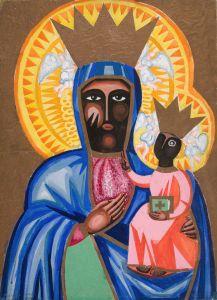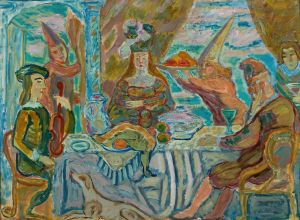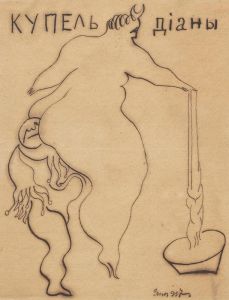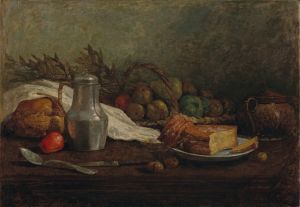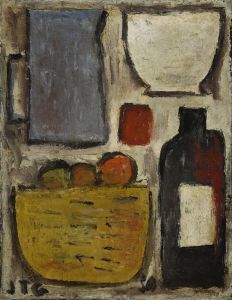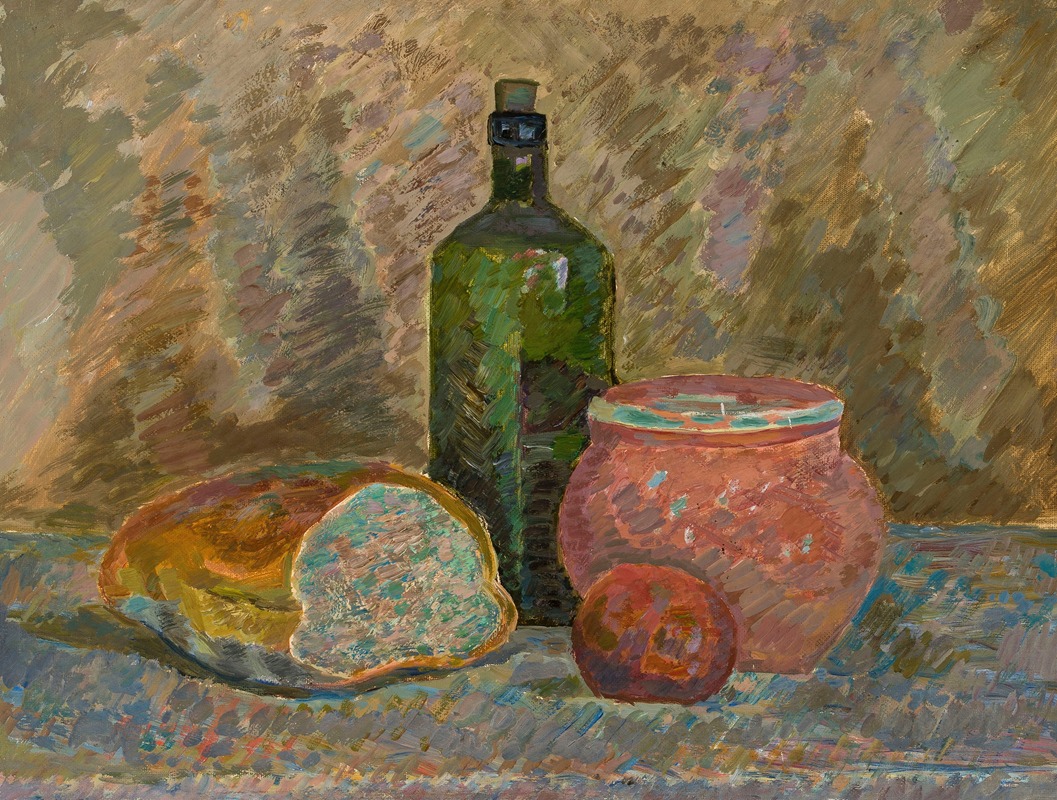
Still life with bread
A hand-painted replica of Zygmunt Waliszewski’s masterpiece Still life with bread, meticulously crafted by professional artists to capture the true essence of the original. Each piece is created with museum-quality canvas and rare mineral pigments, carefully painted by experienced artists with delicate brushstrokes and rich, layered colors to perfectly recreate the texture of the original artwork. Unlike machine-printed reproductions, this hand-painted version brings the painting to life, infused with the artist’s emotions and skill in every stroke. Whether for personal collection or home decoration, it instantly elevates the artistic atmosphere of any space.
Zygmunt Waliszewski was a Polish painter known for his contributions to the post-impressionist movement in Poland. Born in 1897 in Saint Petersburg, Russia, Waliszewski moved to Poland where he became an influential figure in the Polish art scene. His works are characterized by vibrant colors and a unique blend of styles, drawing inspiration from both Western European art and Polish folk traditions.
"Still Life with Bread" is one of Waliszewski's notable works, showcasing his mastery in the still life genre. This painting exemplifies his ability to infuse everyday objects with a sense of vitality and depth. The composition typically includes elements such as bread, fruits, and other common items, arranged in a manner that highlights their textures and forms. Waliszewski's use of color and light in this painting is particularly noteworthy, as he employs a rich palette to bring out the warmth and homeliness of the subject matter.
The painting reflects Waliszewski's post-impressionist influences, evident in his bold brushwork and the way he captures the interplay of light and shadow. His approach often involved a departure from strict realism, instead opting for a more expressive and interpretative style. This allowed him to convey not just the physical appearance of the objects, but also their essence and the atmosphere surrounding them.
Waliszewski's work, including "Still Life with Bread," is often seen as a bridge between traditional Polish art and the modernist movements that were gaining traction in Europe during the early 20th century. His ability to integrate elements of Polish culture and history into his paintings gave his work a distinct identity, setting him apart from his contemporaries.
The significance of "Still Life with Bread" also lies in its reflection of the socio-cultural context of the time. The choice of bread as a central element in the painting can be interpreted as a nod to its importance in Polish daily life and culture. Bread, being a staple food, carries connotations of sustenance, community, and tradition, themes that resonate deeply within Polish society.
Waliszewski's contributions to art were cut short by his untimely death in 1936, but his legacy continues to influence Polish artists. His works are held in high regard and are part of collections in various museums, including the National Museum in Warsaw. "Still Life with Bread" remains a testament to his skill and vision, capturing the beauty of the mundane and elevating it to a subject worthy of artistic exploration.
In summary, Zygmunt Waliszewski's "Still Life with Bread" is a significant piece within his oeuvre, exemplifying his post-impressionist style and his ability to infuse everyday objects with cultural and emotional depth. Through his innovative approach to color, composition, and subject matter, Waliszewski has left an indelible mark on the landscape of Polish art.





